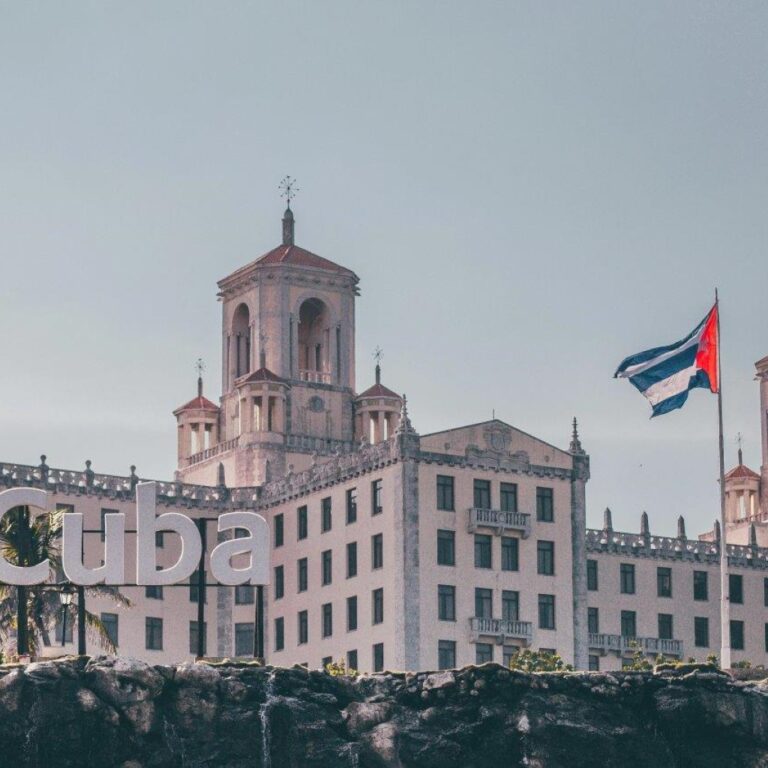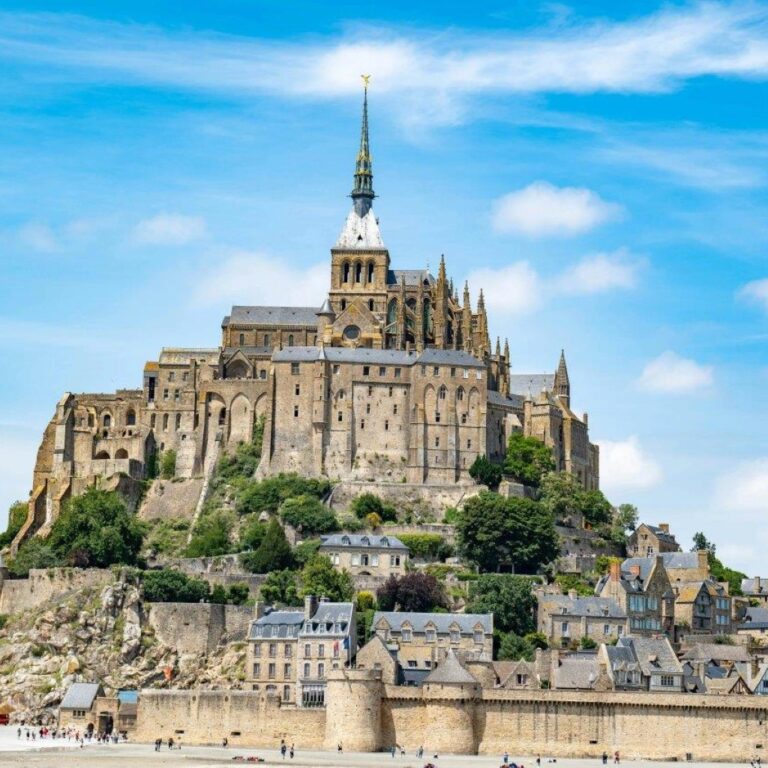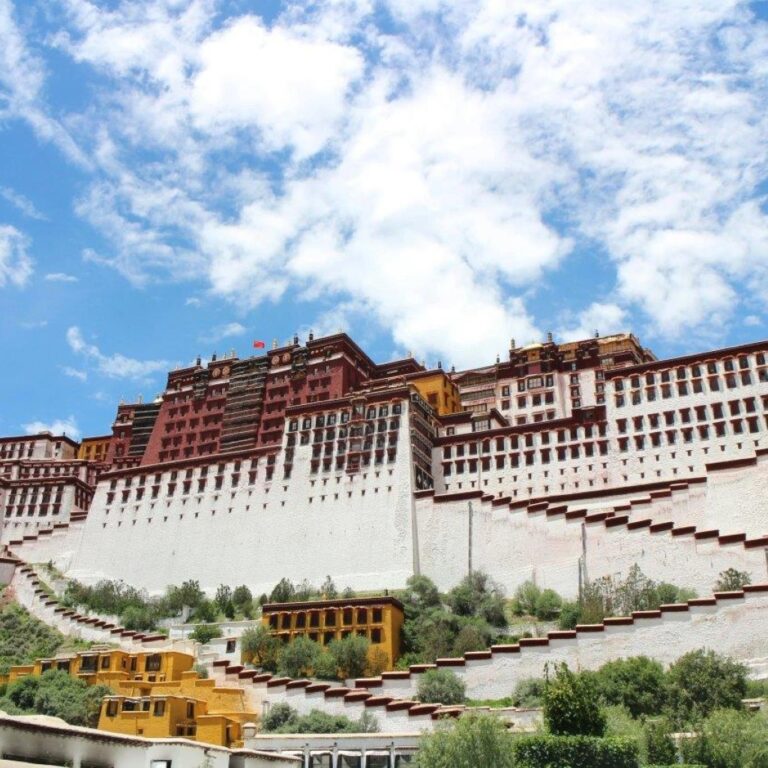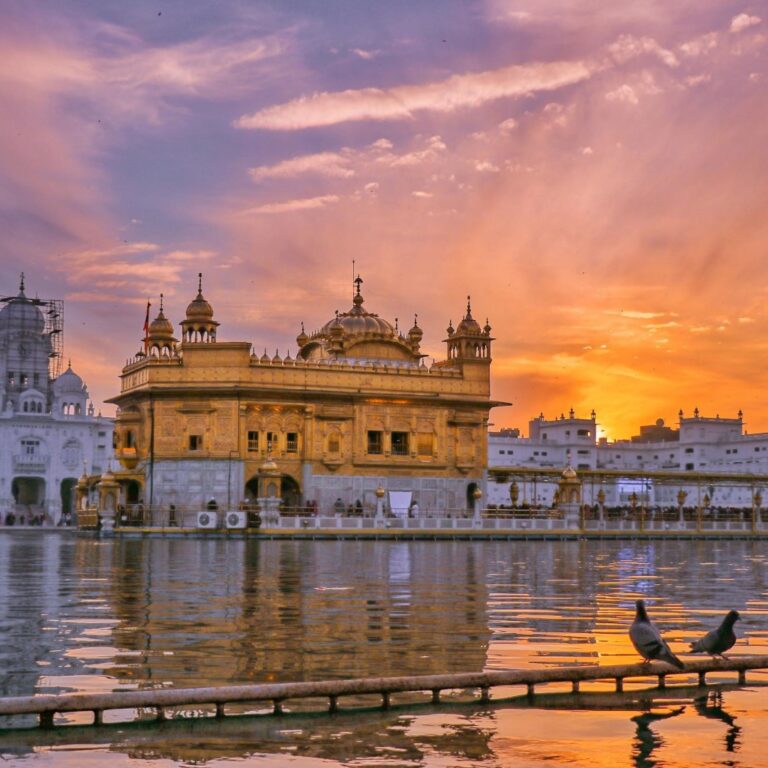Cuba spans over 110,000 square kilometers, making it the Caribbean's largest island. Its size allows for diverse landscapes and activities.
Havana, Cuba's capital, is celebrated for its colonial architecture and a vibrant arts scene. The city blends history with modern creativity.
Classic American cars from the 1950s are a symbol of Cuba. Due to import restrictions from the United States, these cars remain in use and attract car enthusiasts worldwide.
The island boasts nine UNESCO World Heritage Sites, including Old Havana, Trinidad, and the Viñales Valley, each highlighting Cuba’s historical and cultural wealth.
Cuban culture is deeply rooted in its music, with genres like son, salsa, and mambo reflecting its rich musical heritage. These rhythms are integral to Cuban society.
The Cuban Revolution of 1959, led by Fidel Castro and Che Guevara, brought significant political change and shaped Cuba’s state-run government.
Education is highly valued in Cuba, with a literacy rate exceeding 99%. This emphasis on learning contributes to a well-informed society.
Known globally for its cigars, Cuba produces brands like Cohiba and Montecristo, which are cherished by aficionados around the world.
Cuba is home to the world’s smallest bird, the bee hummingbird, measuring only 2 inches in length. This tiny bird is unique to the island.
The Bay of Pigs invasion in 1961 marked a pivotal event in U.S.-Cuba relations, shaping the island’s political landscape.
Cuba has a dual currency system, with the Cuban peso (CUP) for locals and the Cuban convertible peso (CUC) for tourists. This system helps manage the economy.
Dance is deeply rooted in Cuban culture, with styles like cha-cha, rumba, and bolero gaining international popularity.
Varadero Beach, located on the Hicacos Peninsula, is famous for its beauty and ranks among the top beaches in the Caribbean.
Baseball is Cuba’s most popular sport, and the country has produced numerous players who achieved success in Major League Baseball.
Known for its universal healthcare system, Cuba provides high-quality medical services and education, making it a healthcare leader.
How useful was this post?
Click on a star to rate it!



